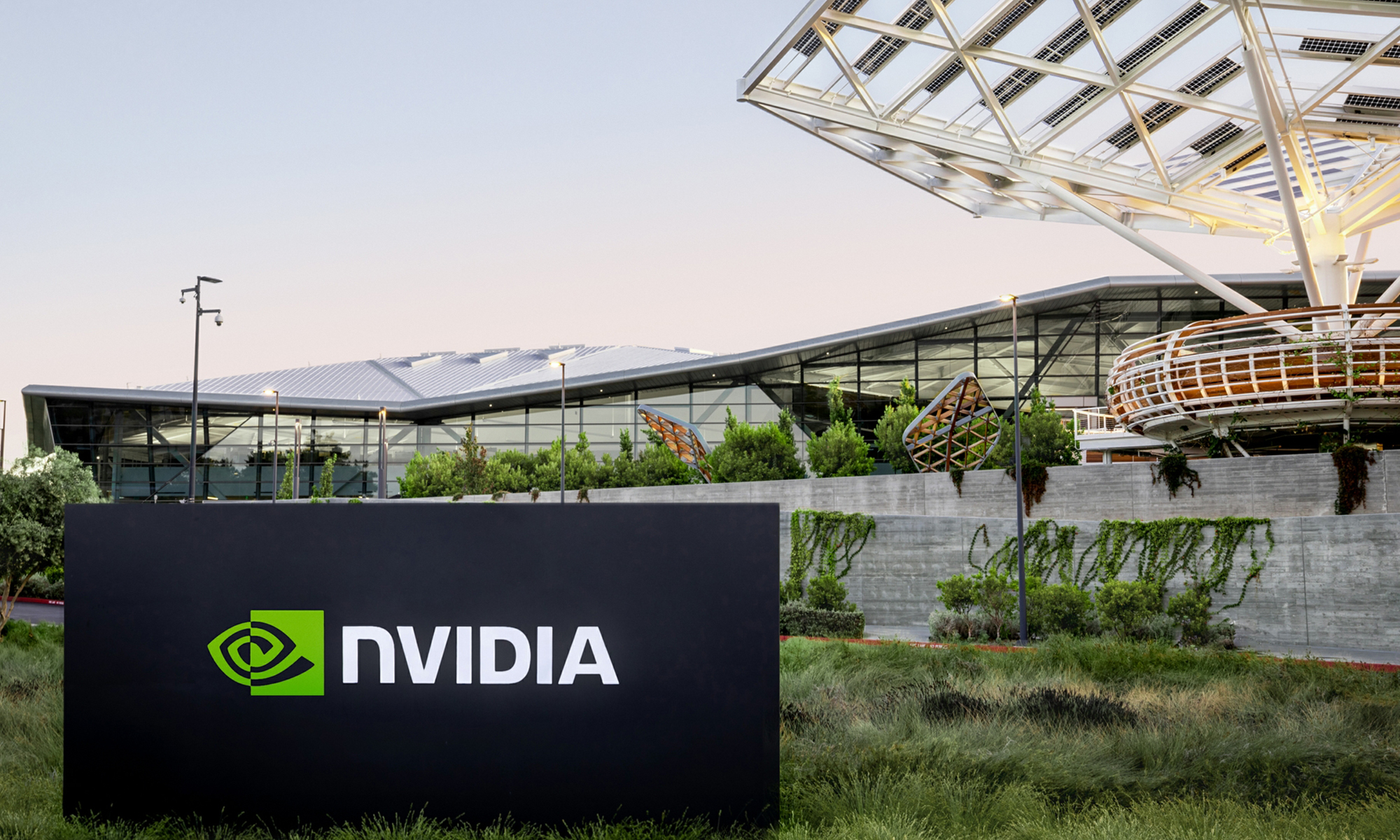Nvidia's (NVDA 0.32%) artificial intelligence (AI) chips for the data center are the source of its recent success, but the company has a decades-long history of innovation in segments like personal computing and gaming.
Nvidia was founded in 1993, and it went public six years later in 1999. Its stock delivered a staggering return for investors since then, catapulting the company into the rarified $3 trillion club.
That incredible run was driven by equally impressive revenue growth, which eclipses the growth generated by the only other $3 trillion companies, Apple and Microsoft, in their first 25 years as public companies. Let's dive into the details.

NASDAQ: NVDA
Key Data Points
Humble beginnings
Nvidia CEO Jensen Huang founded the company with his two friends and fellow engineers, Chris Malachowsky and Curtis Priem. They hashed out the details over a meeting at a Denny's restaurant in 1993, and thus began their mission to bring 3D graphics to the gaming and multimedia industries.
Nvidia proceeded to design a number of graphics chips that allowed users to run 2D and 3D computer graphics, bringing videos and games to life. But it launched the first true graphics processing unit (GPU) in 1999 under its now-famous GeForce brand. It was called the GeForce 256, and it offered a significant leap in performance over Nvidia's previous chips, which allowed it to handle all of the best computer games at the time.
The gaming segment went on to become Nvidia's largest source of revenue, up until the start of fiscal 2023 (which began Feb. 1, 2022) when its data center business took that title -- and is now running away with it.
The data center is home to a new revolution
Tech titans like Microsoft and Amazon manage enormous, centralized data centers that businesses can rent to store their data, host their sales channels, and connect their teams worldwide. This is called cloud computing, and it reduces the need for organizations to keep expensive server hardware on site.
Data centers are also used as a cost-effective way to develop AI. Demand for computing power is soaring, so companies like Microsoft and Amazon are clamoring to get their hands on GPUs. They are designed for parallel processing (which means they can handle several tasks simultaneously), with thousands of individual cores and hundreds of billions of transistors. Therefore, they are more efficient at processing mountains of data compared to traditional CPUs, making them ideal for AI development.
Nvidia makes the world's best GPUs for that very purpose. Demand remains red-hot for its flagship H100 GPU, which has been responsible for driving the company's data center revenue higher by triple-digit percentages in each of the last four quarters. However, Nvidia is gearing up to ship its next generation of data center chips based on its new Blackwell architecture.
The upcoming GB200, for example, can inference (ingest live data and make predictions) at five times the speed of the H100. Not only will this lead to more advanced AI models, but it will also make development much cheaper because data center operators typically charge for computing power by the minute.
At the moment, the best AI models are developed by leading start-ups like OpenAI, which created ChatGPT. It's capable of interpreting and generating text, images, videos, and computer code, and the latest GPT-4 Omni models can even hold spoken conversations on practically any topic.
But development costs will come down as chips grow more powerful, making ground-up AI development accessible to a wider variety of enterprises.
Nvidia's mind-blowing revenue growth
Nvidia generated $158 million in revenue during its first year as a public company in 1999. In fiscal 2024 (ended Jan. 28), that figure had grown by 38,395% to $60.9 billion! It translates to a compound annual growth rate of 26.9% over the last 25 years.

Nvidia now stands alongside Apple and Microsoft in the exclusive $3 trillion club. However, Nvidia's revenue growth is greater than what both Apple and Microsoft achieved in their first 25 years as public companies:
- Apple generated $117 million in revenue in 1980, the year of its initial public offering (IPO). It reached $13.9 billion in 2005, an increase of 11,805%, or a compound annual growth rate of 21.1%.
- Microsoft generated $197 million in revenue in 1986, the year of its IPO. It reached $69.9 billion in 2011, an increase of 35,292%, or a compound annual growth rate of 26.5%.
Apple and Microsoft slowed significantly since then, which is to be expected because their annual revenue has reached the hundreds of billions of dollars. Nvidia, however, looks set to continue growing far above its 25-year average (at least for now).
Nvidia's momentum looks set to continue
Nvidia recently reported its financial results for the first quarter of fiscal 2025 (ended April 28). Its total revenue jumped 262% year over year to $26 billion, most of which came from its data center segment, where revenue surged 427% to $22.6 billion.
Wall Street's forecasts suggest Nvidia will generate $120.5 billion in revenue for the whole of fiscal 2025, nearly doubling its result from fiscal 2024. That leaves its 25-year compound annual growth rate of 26.9% in the dust.
But that doesn't mean investors should rush into Nvidia stock. It soared nearly tenfold since the beginning of 2023 alone, and its future revenue and earnings might already be priced in, going all the way out to fiscal 2026. This is a fantastic company with a bright future, but investors might want to wait for a pullback before boarding the train.





